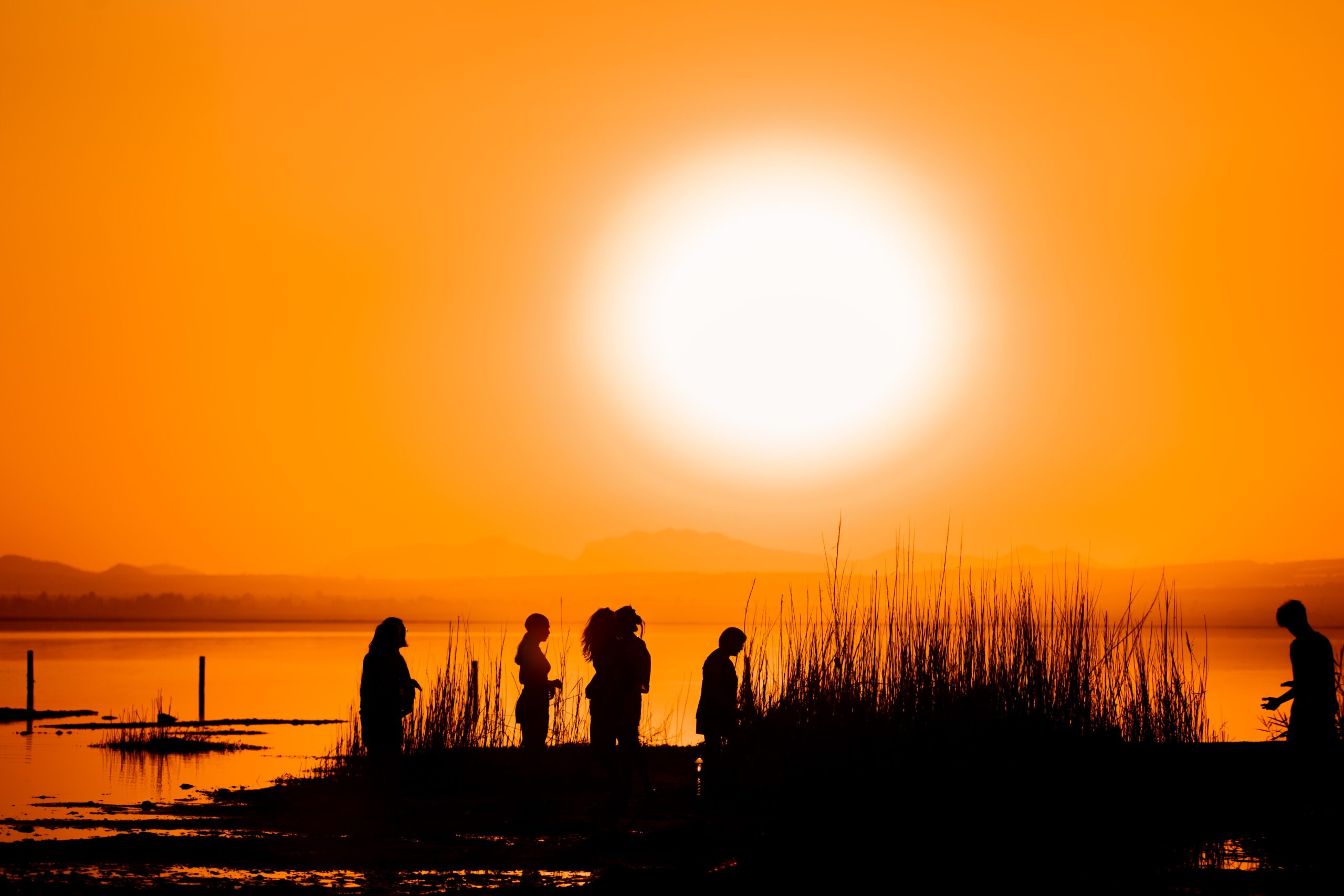Southeast Asia swelters as heatwave grips region, impacting education, agriculture, and daily life
MANILA (ANN/THE STRAITS TIMES) – On April 2, in Quezon City, a suburb of the Philippine capital, Manila, seven-year-old Daryl Siongco found himself struggling to focus on his homework, a task made more challenging by the intense heat that permeated his home.
The temperature outside had soared to 35 degrees Celsius, prompting his state-run school to suspend classes for the day in response to the scorching weather.
This decision was particularly beneficial for Daryl, a second-grade student with asthma, who finds it increasingly difficult to endure the sweltering conditions of his classroom from March to May.
The room he shares with 39 classmates is inadequately cooled, equipped with only two electric fans to fend off the heat.

This discomfort during the peak summer months has led the Department of Education to offer schools the flexibility to conduct classes remotely or cancel them to avoid the heat’s worst effects. Additionally, there’s a broader movement underway to adjust the academic calendar.
After shifting the school year to run from August to May in 2020 — a move intended to align the Philippines’ academic schedule with those of other countries — there’s now a push to return to the traditional June to March calendar.
This change comes after feedback from students and teachers about the challenges of academic activities during the hottest time of the year.
The recent spike in temperatures can be attributed to the El Niño phenomenon, which affects weather patterns across Southeast Asia by causing hotter and drier conditions.
This change is driven by variations in sea surface temperatures and wind patterns over the Pacific Ocean, impacting not just the comfort but also the education and well-being of students like Daryl.
Though the phenomenon has begun to weaken, it will continue to fuel above-average temperatures across the globe, the World Meteorological Organisation said on March 5.
Temperatures topped 40 C in parts of Thailand, Cambodia, Laos and Myanmar, while hitting at least 35 C in Malaysia, Indonesia and the Philippines in the week of March 17 to 23, latest data from the Climate Prediction Centre at the US’ National Oceanic and Atmospheric Administration showed.

In Singapore, several schools eased uniform regulations in late March to allow students to dress in their physical education attire until further notice, while a church in Vietnam’s Ho Chi Minh City has been helping others beat the heat by giving out free iced tea to passers-by.
However, a 22-year-old Malaysian man died of heatstroke in Pahang on February 2, and a total of 27 other heat-related cases have been reported in Malaysia in the first three months of 2024. The National Disaster Management Agency and the Malaysian Armed Forces are now considering carrying out cloud seeding in certain areas to help deal with the heat.
Recurring bush fires have also been recorded in the states of Selangor, Johor and Sarawak, with the disaster management agency saying that the fire and rescue department plans to focus on more than 650 hot spots nationwide to prevent more bush fires from breaking out.
“To tackle the heat, do not expose yourself under the hot sun in the afternoon, especially in outdoor areas, stay away from rivers and waterfall areas due to sudden water surge from heavy rainfall,” said Malaysia’s Meteorological Department deputy director-general Mohd Hisham Anip.
Malaysian business owner Suzanna Said, 49, said residents in her area in Langkawi had to endure temperatures as high as 39 C in the past week.
“Due to the hot spell, we have also had bush fires. Luckily for me, my homestay business was not impacted because of repeat customers,” she said.
Over in Thailand, the authorities said on April 1 that temperatures could reach 43 C to 44.5 C in the coming month, with some occasional relief due to summer storms. Still, the Thai Meteorological Department warned people to expect temperatures to be about 30 per cent higher than normal.

The extreme weather is also affecting farmers in the region, as scorching temperatures and dwindling water supplies parched large swathes of farmland.
Paddy farmers in Kedah, Malaysia, face a heightened risk of water shortages and lower production yields.
Southern Vietnam, and its “rice bowl” in the Mekong Delta region, suffered a long heatwave in February, said officials. The resulting drought has made it difficult for farmers to transport their crops due to low water levels in the region’s canals.
Meanwhile, concerns over a rice shortage due to the dry weather led Indonesian President Joko Widodo in December 2023 to order the military to join farming activities and use idle military land for planting in a bid to boost domestic production and curb the rising prices of agricultural products.
Climate change expert Rose Perez, former chief of the Philippines’ meteorological agency, advised people to be more mindful of their government’s early warning signals for extreme temperatures.
She told the public to stay hydrated, and advised companies to give resting periods for labourers exposed to the warm weather during work hours.
These high temperatures are also a reminder to Southeast Asian governments that the region remains “extremely vulnerable” to the impacts of climate change, said Dave Sivaprasad, Southeast Asia lead for climate and sustainability at Boston Consulting Group.
“So, this is something that our region collectively and countries in Southeast Asia need to start planning for. We need to build measures to adapt and build resilience,” he said.






